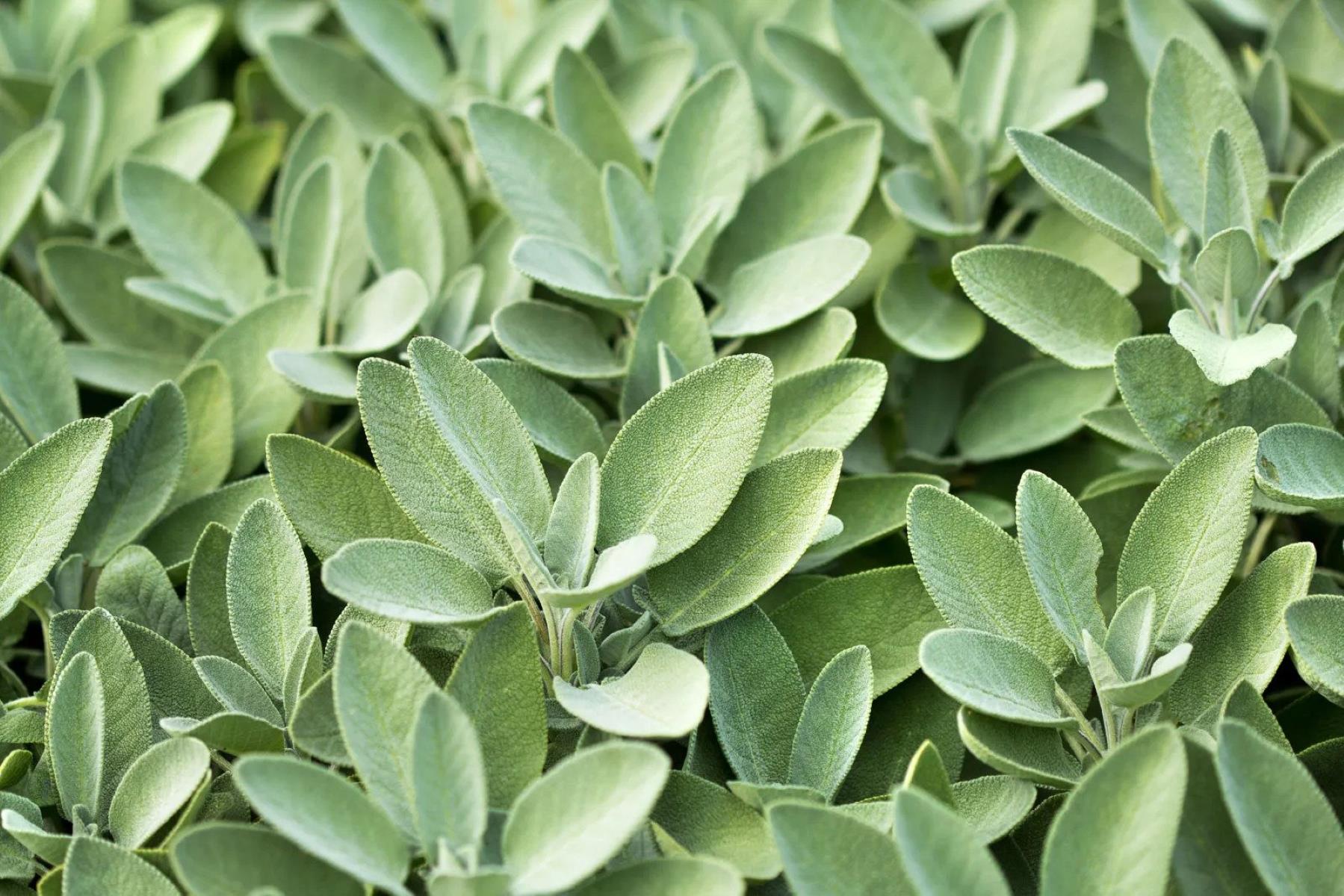

Articles
How To Store Sage
Modified: October 20, 2024
Learn the best methods for storing sage with our helpful articles. Preserve the flavor and aroma of this herb for long-lasting use.
(Many of the links in this article redirect to a specific reviewed product. Your purchase of these products through affiliate links helps to generate commission for Storables.com, at no extra cost. Learn more)
Introduction
Welcome to our comprehensive guide on how to store sage. Sage, also known as Salvia officinalis, is a versatile herb that is widely used in culinary applications and herbal remedies. This aromatic herb not only adds a wonderful flavor to dishes but also provides numerous health benefits. Whether you have freshly harvested sage or store-bought sage, proper storage is crucial to maintain its flavor, aroma, and potency.
Sage can be used in various forms – fresh, dried, ground, and even in oil or vinegar. Each of these forms requires specific storage conditions to ensure its longevity. With the right storage techniques, you can extend the shelf life of sage and have access to its delightful flavor and medicinal properties whenever you need it.
Key Takeaways:
- Proper storage of sage is crucial to maintain its flavor, aroma, and nutritional value. Whether fresh, dried, or infused, following specific storage methods ensures access to flavorful sage for an extended period.
- By considering factors like air, moisture, and light exposure, you can maximize the shelf life of sage. From refrigeration to freezing and infusing, various storage methods cater to different sage forms and usage needs.
Read more: How To Store Fresh Sage Leaves
Why Proper Storage of Sage is Important
Properly storing sage is essential to preserve its flavor, aroma, and quality over time. Here are a few reasons why proper storage of sage is important:
- Maintains Flavor and Aroma: Sage contains volatile oils that give it its distinct flavor and aroma. Without proper storage, these oils can dissipate, resulting in a loss of flavor and aroma. By storing sage correctly, you can ensure that it remains potent and flavorful, enhancing your culinary creations.
- Prolongs Shelf Life: Like any other herb, sage has a limited shelf life. When exposed to air, light, and moisture, it can deteriorate quickly, leading to a less flavorful and less effective product. Proper storage can help prolong the shelf life of sage and minimize waste.
- Preserves Nutritional Value: Sage is not only a flavorful herb but also a source of important vitamins, minerals, and antioxidants. Proper storage helps retain the nutritional value of sage, allowing you to benefit from its health-promoting properties.
- Cost-effective: When you store sage properly, you can avoid the need to constantly purchase fresh sage. This can save you money in the long run and ensure that you always have sage on hand whenever a recipe calls for it.
- Convenience and Accessibility: By storing sage correctly, you can have easy access to this versatile herb whenever you need it. Whether you’re cooking a savory dish or making a homemade herbal infusion, having properly stored sage readily available makes the process more convenient.
Now that you understand the importance of proper sage storage, let’s explore the different methods and conditions to ensure that your sage remains fresh and flavorful for as long as possible.
Understanding the Shelf Life of Sage
Sage, like many other herbs, has a finite shelf life. Understanding the shelf life of sage is crucial in determining how long you can store it before it starts to lose its flavor and potency.
Fresh sage typically has a shorter shelf life compared to dried sage. Fresh sage leaves can last for about 1 to 2 weeks when stored properly. On the other hand, dried sage can retain its flavor and potency for up to a year if stored correctly.
The shelf life of sage can be affected by various factors, including:
- Exposure to Light: Light can cause the breakdown of important oils in sage, resulting in a loss of flavor and aroma. It is best to store sage in a dark and cool place to minimize light exposure.
- Humidity and Moisture: Excessive moisture can lead to the growth of mold and mildew on sage leaves. To prevent this, ensure that your sage is completely dry before storing it.
- Air Circulation: Proper air circulation is crucial to prevent moisture build-up and maintain the quality of sage. Avoid storing sage in airtight containers, as it can trap moisture and lead to spoilage.
- Temperature: Sage is sensitive to extreme temperatures. High temperatures can cause the herb to wilt and lose its potency, while low temperatures can affect the flavor and texture. It is best to store sage in a cool, dry place.
- Quality of Sage: The quality of the sage you start with can also impact its shelf life. Choose fresh, vibrant leaves without any signs of discoloration or wilting to ensure the longest possible shelf life.
By considering these factors and following proper storage practices, you can maximize the shelf life of sage and enjoy its delightful flavor and aromatic properties for an extended period.
Proper Storage Conditions for Fresh Sage
Storing fresh sage correctly is essential to maintain its flavor, vibrancy, and nutritional value. Follow these guidelines to ensure optimal storage conditions for fresh sage:
- Remove Excess Moisture: Moisture can cause fresh sage to wilt and decay quickly. Before storing, gently pat the sage leaves dry with a paper towel to remove any excess moisture.
- Wrap in Paper Towels: After drying the sage leaves, wrap them loosely in paper towels. This will help absorb any remaining moisture and prevent excess humidity that can lead to mold or spoilage.
- Place in a Perforated Plastic Bag: Transfer the wrapped sage leaves to a perforated plastic bag or a container with small holes. This allows for proper air circulation, preventing the buildup of moisture and extending the freshness of the sage.
- Store in the Refrigerator: Fresh sage is best stored in the refrigerator, as the lower temperature helps to preserve its flavor and nutritional content. Place the bag of sage in the vegetable drawer or a cool area of the fridge.
- Use Within 1-2 Weeks: Fresh sage leaves are at their peak flavor and potency when used within 1-2 weeks of storage. After this period, the flavor may start to diminish, and the leaves may become less potent.
- Inspect Before Use: Before using fresh sage, always inspect the leaves for any signs of discoloration, mold, or wilting. Discard any leaves that appear spoiled or have an off odor.
By following these storage conditions, you can ensure that your fresh sage retains its vibrant color, distinct flavor, and optimum quality for an extended period.
Tips for Drying and Storing Sage Leaves
Drying sage leaves is a popular method to preserve their flavor and aroma for long-term storage. Here are some tips to help you properly dry and store sage leaves:
- Harvesting: Harvest sage leaves in the morning when the oils are concentrated. Choose healthy leaves and gently detach them from the stems, taking care not to damage the plant.
- Clean and Rinse: Rinse the sage leaves under cool running water to remove any dirt or debris. Pat them dry with a paper towel or let them air dry.
- Bunching: Gather a small bundle of sage leaves and tie them together at the stem end with a string or rubber band. Make sure the bundle is compact but not too tight to allow for air circulation.
- Hanging: Hang the bundled sage upside down in a cool, well-ventilated area away from direct sunlight. This will allow the leaves to dry naturally without losing their essential oils.
- Avoid Moisture: Ensure that the drying area is free from moisture. Excess humidity can interfere with the drying process and may lead to mold growth on the sage leaves.
- Check for Dryness: After about two to three weeks, check if the sage leaves are fully dry. They should feel brittle to the touch and easily crumble when crushed.
- Remove Leaves from Stems: Once the sage leaves are dry, gently remove them from the stems. Discard any leaves that appear discolored or damaged.
- Storage Containers: Store the dried sage leaves in airtight containers such as glass jars or plastic bags. Make sure the containers are clean and dry before adding the sage, as any moisture can reduce its shelf life.
- Label and Date: To avoid confusion, label the containers with the type of herb (sage) and the date of drying. This will help you keep track of the freshness and also know when it’s time to replenish your stock.
- Store in a Cool, Dark Place: Place the containers of dried sage in a cool, dark pantry or cupboard. This will protect the sage from light exposure and maintain its flavor and potency for months to come.
Using these tips, you can enjoy the savory flavor and medicinal benefits of dried sage year-round.
Read more: How To Store Fresh Sage From The Garden
Storing Sage in the Refrigerator
When it comes to storing sage, the refrigerator can be a suitable option, especially for fresh sage leaves. Here are the steps to properly store sage in the refrigerator:
- Preparation: Start by ensuring that your sage leaves are clean and dry. Excess moisture can cause wilting and decay, so pat them gently with a paper towel if needed.
- Wrap in Paper Towels: Take a few sheets of paper towels and place the sage leaves on top. Gently wrap the paper towels around the sage, creating a loose bundle.
- Transfer to a Plastic Bag: Place the wrapped sage leaves in a perforated plastic bag or a container with small holes. This allows for proper air circulation and prevents moisture buildup.
- Seal the Bag: Squeeze out any excess air from the bag and seal it tightly. This will help maintain the freshness of the sage leaves and prevent them from drying out.
- Store in the Vegetable Drawer: The vegetable drawer in your refrigerator provides a cool and slightly humid environment, which is ideal for storing herbs like sage. Place the bag of sage in the vegetable drawer.
- Use Within 1-2 Weeks: Fresh sage leaves stored in the refrigerator can typically retain their flavor and quality for about 1-2 weeks. It is best to use them as soon as possible for the most vibrant flavor and aroma.
- Inspect Before Use: Before using refrigerated sage leaves, check for any signs of mold, discoloration, or wilting. Discard any leaves that appear spoiled, as they can affect the flavor of your dishes.
Note that while refrigeration can help extend the shelf life of sage, it might not be as effective for maintaining flavor compared to other methods like drying or freezing. Therefore, it’s always a good idea to use fresh sage whenever possible for the best flavor and aroma.
By following these steps, you can ensure that your fresh sage remains fresh and usable for a longer period, giving you easy access to the herb whenever you need it.
Store sage by wrapping it in a slightly damp paper towel and placing it in a plastic bag in the refrigerator. Alternatively, you can hang it upside down in a dry, well-ventilated area to dry for later use.
Freezing Sage for Long-term Storage
If you have an abundance of fresh sage or want to preserve it for an extended period, freezing is an excellent method. Freezing sage helps retain its flavor, aroma, and nutritional value. Here’s how you can freeze sage for long-term storage:
- Preparation: Start by harvesting fresh sage leaves at their peak freshness. Choose healthy leaves without any signs of discoloration or damage.
- Clean and Dry: Rinse the sage leaves under cool running water to remove any dirt or debris. Pat them dry thoroughly with a paper towel to remove excess moisture.
- Flash Freezing: Flash freezing is the process of freezing individual sage leaves before storing them together. This way, the leaves won’t clump together, making it easier to portion them when needed. Place the sage leaves in a single layer on a baking sheet lined with parchment paper.
- Freeze: Place the baking sheet with the sage leaves in the freezer and let them freeze for a few hours or until they are solid. This will prevent the leaves from sticking to each other when stored.
- Transfer to Containers: Once the sage leaves are frozen solid, transfer them to airtight containers such as resealable plastic bags or freezer-safe containers. Make sure to remove as much air as possible from the bags or containers to prevent freezer burn.
- Label and Date: It is important to label the containers with the name and date of freezing to keep track of freshness. Frozen sage leaves can retain their quality for up to 3-4 months.
- Store in the Freezer: Place the containers of frozen sage leaves in the freezer. The optimal temperature for freezing sage is 0°F (-18°C) or below. Avoid placing the sage near the freezer door, as it is more prone to temperature fluctuations.
- Thawing and Usage: When you need to use frozen sage, simply remove the desired amount of leaves from the container and chop or crumble them while they are still frozen. Frozen sage can be used directly in recipes without the need for thawing.
By freezing sage using these steps, you can preserve the freshness of the herb and enjoy its delightful flavor and aroma in your dishes, even when fresh sage is not readily available.
Storing Sage in Oil or Vinegar
Another method to store sage and infuse it with flavor is by preserving it in oil or vinegar. Storing sage in oil or vinegar not only adds a unique taste but also helps extend the shelf life of the herb. Here’s how you can store sage in oil or vinegar:
- Harvest and Clean: Begin by harvesting fresh sage leaves and cleaning them carefully under cool running water. Pat them dry with a paper towel to remove any excess moisture.
- Choose an Oil or Vinegar: Select a high-quality oil such as olive oil or a vinegar of your choice, such as white wine vinegar or apple cider vinegar. The choice between oil or vinegar depends on your personal preference and the intended use.
- Prepare the Container: Use a sterilized glass jar or bottle with an airtight seal to prevent contamination. Make sure the container is thoroughly cleaned and dried before transferring the sage leaves.
- Layer the Sage: Place a layer of sage leaves in the bottom of the container. You can leave the leaves whole or tear them into smaller pieces depending on your preference.
- Add Oil or Vinegar: Pour the oil or vinegar over the sage leaves, ensuring that they are fully submerged. The liquid should cover the leaves by about an inch to ensure proper preservation.
- Optional Additions: If desired, you can add additional flavorings to the oil or vinegar, such as garlic cloves, peppercorns, or chili flakes. These additions will infuse the sage with even more flavors.
- Seal and Store: Seal the container tightly and store it in a cool, dark place, such as a pantry or cupboard. Properly stored, sage in oil or vinegar can last for several months.
- Usage and Precautions: When you’re ready to use the preserved sage, simply remove the desired amount of leaves from the container and rinse them off to remove excess oil or vinegar. Use the infused sage in salads, marinades, dressings, or any recipe that calls for the herb.
- Keep an Eye on Quality: While storing sage in oil or vinegar can extend its shelf life, it’s important to regularly check for any signs of spoilage or mold. If you notice any changes in color, texture, or smell, discard the preserved sage to ensure safety.
Storing sage in oil or vinegar is a creative way to preserve the herb while infusing it with additional flavors. Enjoy the convenience of having sage readily available and the enhanced taste it brings to your favorite dishes.
Guidelines for Storing Ground Sage
If you have ground sage in your pantry, proper storage is essential to maintain its flavor, aroma, and potency. Ground sage has a more concentrated flavor compared to fresh or dried sage, making it a popular choice for seasoning various dishes. Here are some guidelines for storing ground sage:
- Choose an Airtight Container: Store your ground sage in an airtight container to prevent exposure to air, moisture, and light, which can degrade its quality over time. A glass jar with a tight-fitting lid or a spice container with a sealed cap is ideal.
- Label and Date: Properly label the container with the name of the herb (ground sage) and the date of storage. This helps you keep track of its freshness and ensures that you use it within a reasonable time frame.
- Store in a Cool, Dark Place: Place the container of ground sage in a cool and dark pantry or cupboard. Avoid storing it near the stove or other heat sources, as heat can accelerate the loss of flavor and aroma.
- Avoid Moisture: Ground sage can absorb moisture easily, which can lead to clumping or the growth of mold. Keep the container away from areas with high humidity, and make sure the sage is completely dry before storing it.
- Protect from Light: Exposure to light can cause the breakdown of the essential oils in ground sage, resulting in flavor loss. Keep the container away from direct sunlight or opt for an opaque or dark-colored container.
- Minimize Air Exposure: Air exposure can cause the flavor and aroma of ground sage to diminish over time. To minimize contact with air, make sure the container is tightly sealed after each use.
- Quality Check: Regularly check the ground sage for any changes in color, texture, or smell. If you notice any signs of spoilage or a rancid odor, it is best to discard it and replace it with a fresh batch.
- Usage: Ground sage is highly concentrated, so a little goes a long way. Use it sparingly in your recipes, adjusting the quantity to suit your taste preferences. Remember that ground sage is stronger in flavor than fresh or dried sage, so use it judiciously when seasoning dishes.
By following these guidelines for storing ground sage, you can ensure that it retains its flavor and potency for an extended period, allowing you to enjoy the delightful taste and aroma it brings to your culinary creations.
Read more: How To Start Sage Seeds
Precautions and Best Practices for Storing Sage
Proper storage of sage is crucial to preserve its flavor, aroma, and quality. To ensure the longevity of your sage and maintain its optimal freshness, consider the following precautions and best practices:
- Harvest or Purchase Fresh Sage: Choose fresh sage leaves with vibrant color and avoid any that appear wilted or discolored. If purchasing sage, select reputable suppliers to ensure the highest quality.
- Handle with Care: Treat sage leaves gently to prevent bruising or damage. Rough handling can release essential oils from the leaves, resulting in flavor loss.
- Properly Clean and Dry Sage: Before storing sage, ensure that it is thoroughly cleaned and dried. Excess moisture can lead to spoilage and mold formation. Make sure sage leaves are completely dry before storing them.
- Choose the Right Storage Method: Consider the type of sage you have (fresh, dried, ground) and choose the appropriate storage method accordingly. Each type requires specific conditions for optimal preservation.
- Protect from Air, Moisture, and Light: Exposure to air, moisture, and light can degrade the quality of sage. Use airtight containers or Ziploc bags to minimize air contact, store in cool and dark places, and avoid excessive humidity.
- Label and Date Containers: Properly label containers of sage with the name and date of storage. This helps keep track of freshness and ensures that older sage is used first before fresher batches.
- Regularly Inspect for Spoilage: Regularly check stored sage for any signs of mold, discoloration, or unusual odors. If you notice any spoilage, discard the affected sage to prevent contamination of other herbs.
- Consider Freezing for Long-Term Storage: When you have an excess amount of sage, freezing it is an effective method for long-term storage. Follow proper freezing techniques to maintain its quality and flavor.
- Use the Right Amount: Sage has a strong and distinct flavor, so use it judiciously in your recipes. Start with small amounts and adjust to taste. Remember that a little sage can go a long way.
- Rotate Stock: To ensure you always have fresh sage on hand, practice proper stock rotation. Use older batches of sage before opening new ones to keep your supply fresh and avoid waste.
By taking these precautions and following best practices for storing sage, you can extend its shelf life, preserve its flavor and aroma, and have access to this versatile herb whenever you need it.
Conclusion
Proper storage of sage is essential to preserve its flavor, aroma, and quality. Whether you have fresh sage, dried sage, ground sage, or sage infused in oil or vinegar, knowing the best storage practices will help you maintain the herb’s freshness for an extended period. By following these guidelines, you can ensure that your sage remains flavorful and potent, enhancing your culinary creations and herbal remedies.
When it comes to storing fresh sage, remember to remove excess moisture, wrap it in paper towels, and store it in a perforated plastic bag in the refrigerator. Use fresh sage within 1-2 weeks for the best results. If you have an abundance of sage, consider drying it to extend its shelf life. Hanging the sage in a cool, well-ventilated space until it becomes brittle is an effective method. Store the dried sage in airtight containers, labeled and dated for easy identification.
For long-term storage, freezing sage is an excellent option. Flash freeze individual sage leaves before storing them together in airtight containers in the freezer. Frozen sage can be used directly in recipes without the need for thawing.
Another flavorful way to preserve sage is by storing it in oil or vinegar. Place fresh sage leaves in sterilized containers filled with oil or vinegar, ensuring proper submersion. Store the containers in a cool, dark place, away from light and heat. Infused sage oil or vinegar adds a unique taste to your dishes and can last for several months if properly stored.
When it comes to ground sage, store it in an airtight container, away from moisture, air, and light. Ground sage has a concentrated flavor and should be used sparingly in recipes. Keep an eye on the quality of stored sage and discard any that show signs of spoilage.
By following these precautions and best practices for storing sage, you can ensure that your herb maintains its flavor, aroma, and potency. Remember to label and date containers, regularly inspect for spoilage, and rotate your stock to always have fresh sage on hand. With the proper storage techniques, you can enjoy the delightful taste and health benefits of sage in your culinary creations and herbal remedies for an extended period of time.
So, whether you’re an avid cook or a herbal enthusiast, proper storage of sage is the key to preserving its incredible qualities and ensuring that it remains a staple in your kitchen for years to come.
Frequently Asked Questions about How To Store Sage
Was this page helpful?
At Storables.com, we guarantee accurate and reliable information. Our content, validated by Expert Board Contributors, is crafted following stringent Editorial Policies. We're committed to providing you with well-researched, expert-backed insights for all your informational needs.
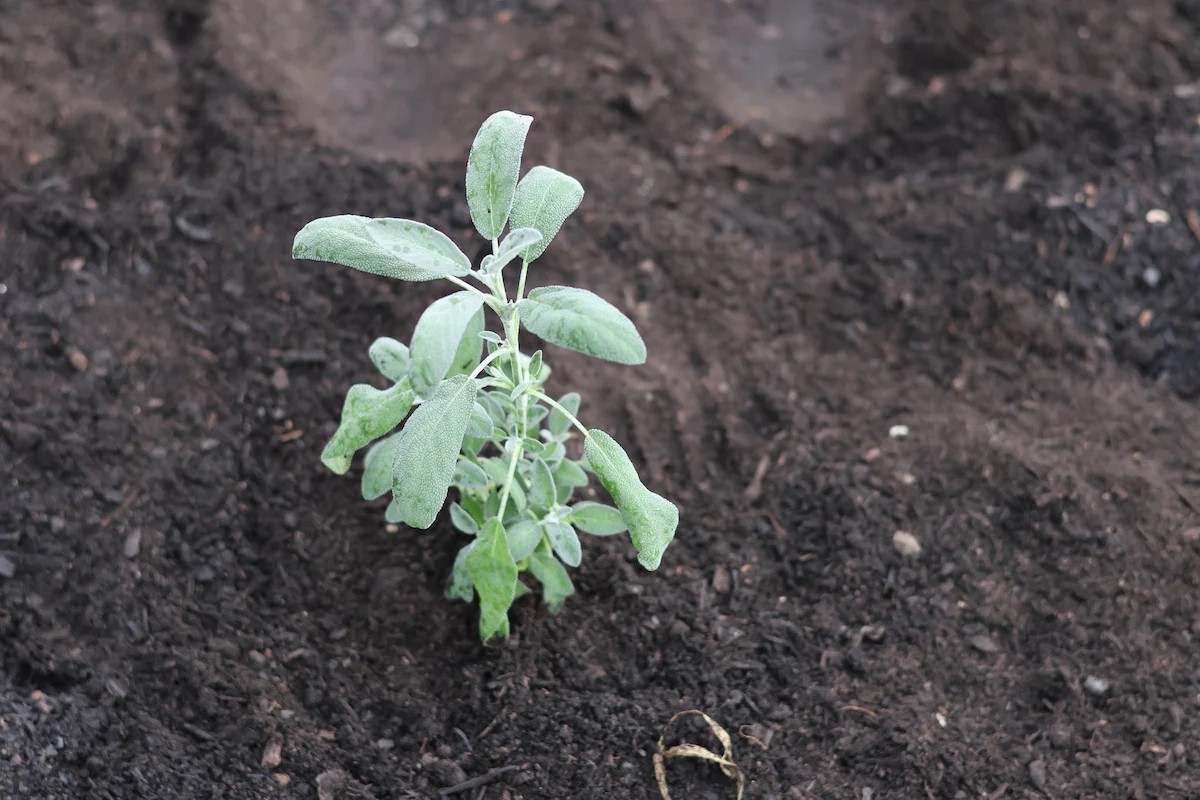
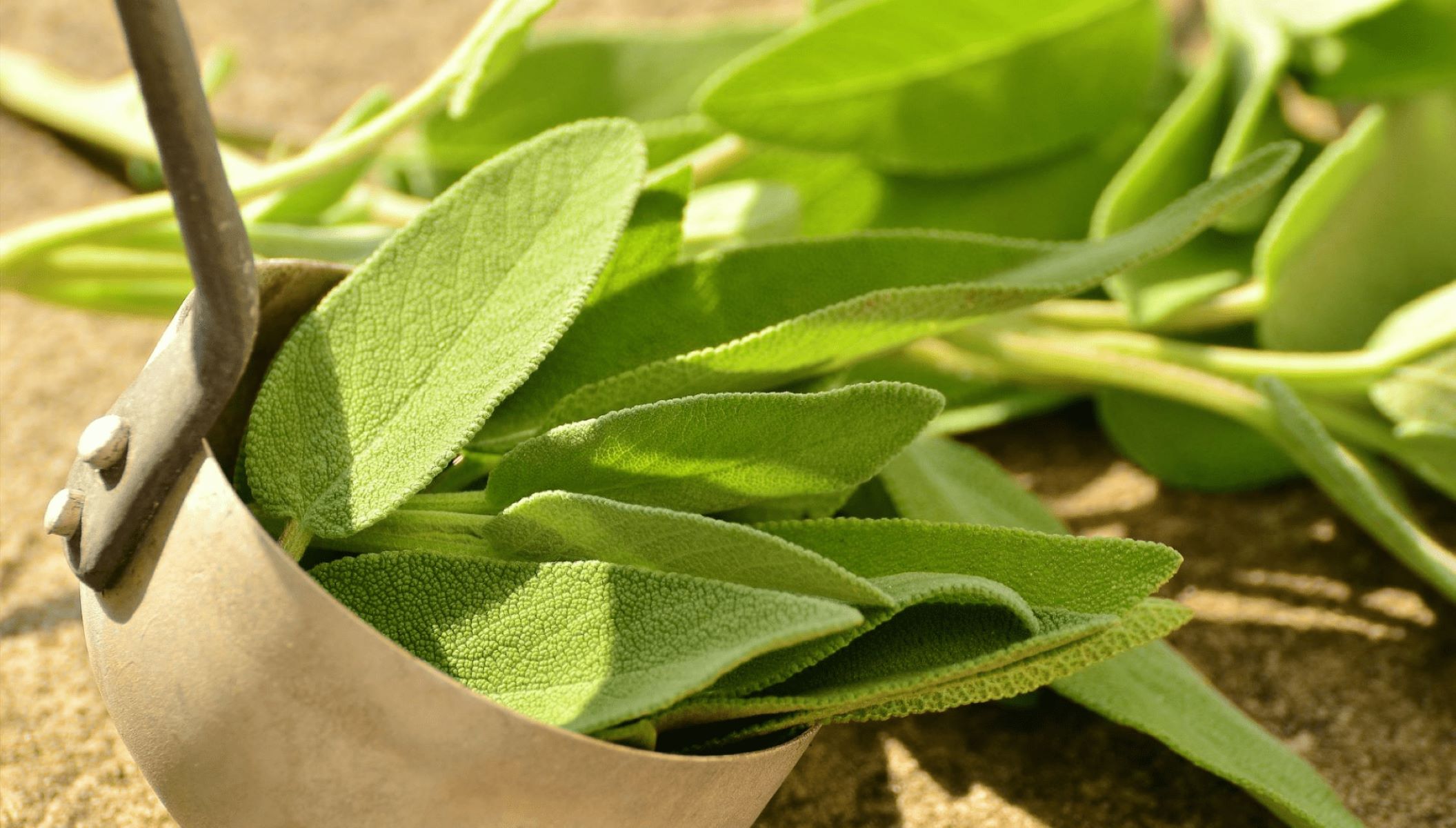
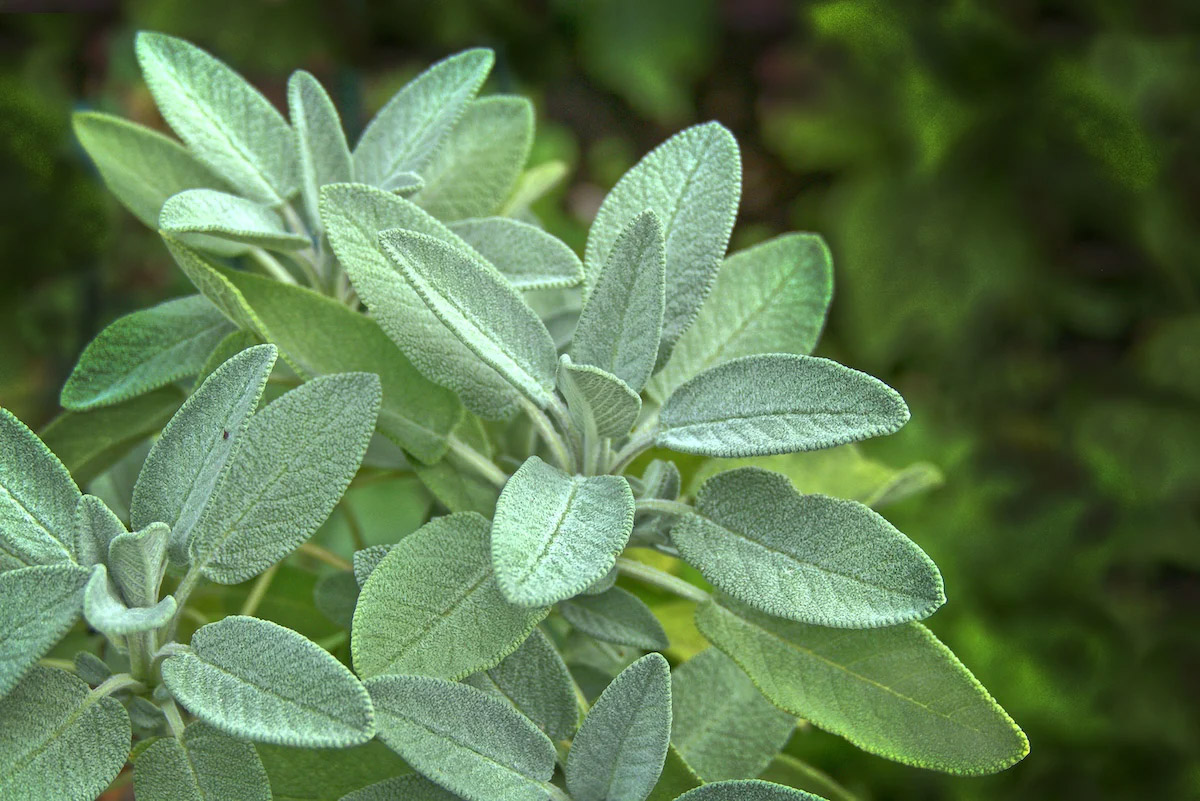
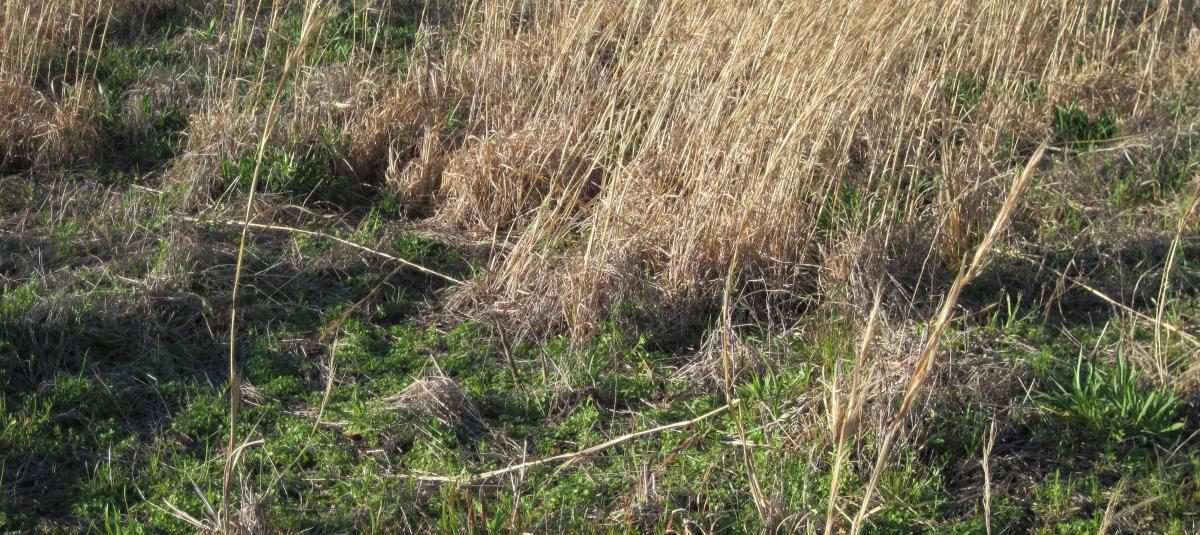
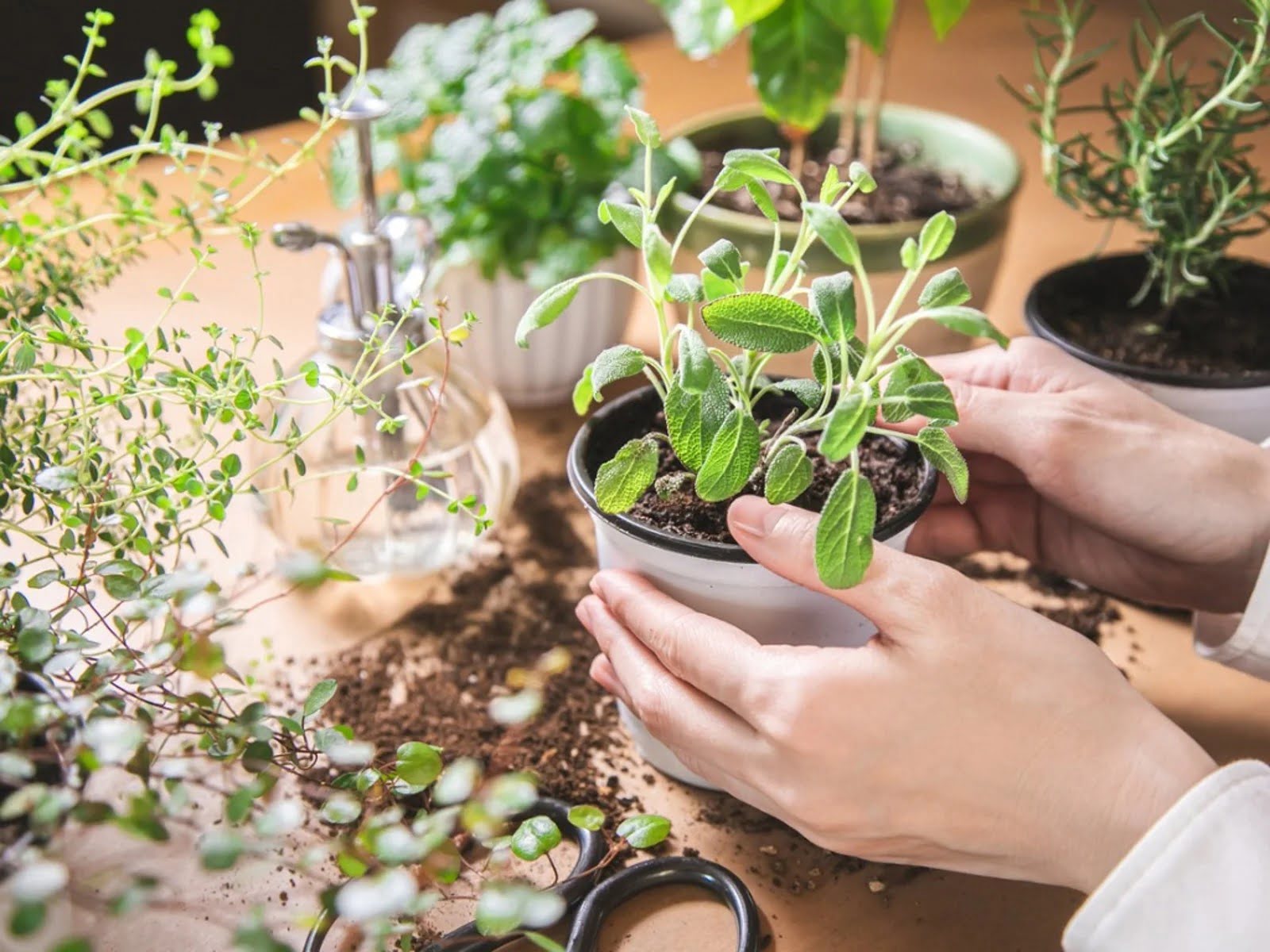









0 thoughts on “How To Store Sage”